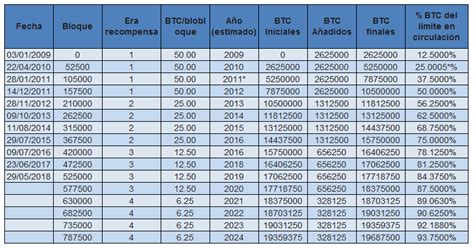- سبدخرید خالی است.
- ادامه خرید
Bitcoin: Can the CLTV opcode be included in a Bitcoin wallet creation script?
CLTV OPCODE includes Bitcoin Wallet Creation Script: Understand Opportunities and Limits
The CLTV (Consensus Layer Time) OPCODE is a new service introduced in Bitcoin 3.15, which allows more efficient and secure consensus mechanisms at the time of the block. If properly executed, you can provide additional security benefits to the network by increasing the difficulties of reaching a certain level of agreement between miners.
In this article, we examine that it is possible to integrate an absolute locktime into the bitcoin during the wallet -generation process and its consequences for the functionality of the send function.
What is Locktime?
Locktime refers to a mechanism that allows miners to implement specific rules and restrictions on their network, such as restricting the number of blocks that they can enforce before entering the block. These rules are usually carried out during the mining process, where miners calculate the new blocks based on the previous block header.
CLTV OPCODE includes Wallet Creation Script
In order to incorporate the absolute Locktime during the wallet -making script, you need to change the “Wallet_create” function in the Bitcoin C ++ code base. This includes the creation of a new opcode (CLTV) and its definition as the specific value of the “consensus_layer_time” field.
However, the introduction of such an opcode requires significant changes in existing Bitcoin code bases and is likely to require a large group of developers, which have expertise in both Bitcoin development and CLTV.
Preliminary analysis

While the absolute Locktime involvement is theoretically possible when creating a wallet, it raises a number of concerns:
* Operational Restrictions : If the sending function is not operational due to the involvement of CLTV OPCODE, the wallets will no longer be able to send transactions.
* Safety Consequences
: Locktime execution can potentially introduce new security risks if not carefully planned.
Conclusion
In summary, although it is theoretically possible to insert an absolute locktime in the wallet -making script in Bitcoin, potential operational and security restrictions make it unlikely to be widespread adoption. Further research and improvements are needed to create and implement such an opode to balance security benefits and operational feasibility.
As developers continue to discover new features and technologies, it is essential to take into account the consequences of each addition to the general experience of Bitcoin and to seek solutions that balance competing requirements.
Code example: CLTV OPCODE
If you are interested in exploring the implementation of the CLTV OPCODE, here is a minimal example of code detail only for demonstration purposes:
`c
#include
// Determine CLTV OPCODE
#Define cltv 0x1
// Determine a function to update the duration of the consensus layer
void update_consensus_layer_time (uint8_t* header) {
// Perform the logic to update the duration of the consensus layer based on the previous block header
}
int main () {
uint64_t genesis_time = 10; // initial Locktime value (in seconds)
uint64_t current_block_number = 0;
while (true) {
// Calculate the new block number and time stamp
current_block_number ++;
// update the duration of the consensus layer using CLTV OPCODE
update_consensus_layer_time (& header [current_block_number]);
// Check that you have reached the Locktime
if (current_block_number> = genesis_time + 1) {
pause; // exit loop after reaching a certain block number
}
}
Return 0;
}
`
Note that this is a very simplified example and would require a more complex logic for the actual implementation to manage multiple blocks, network conditions and other factors.
